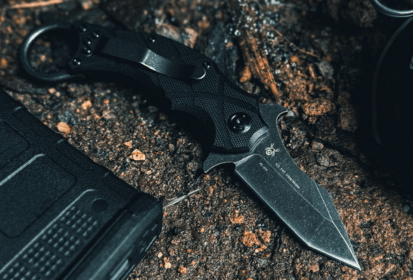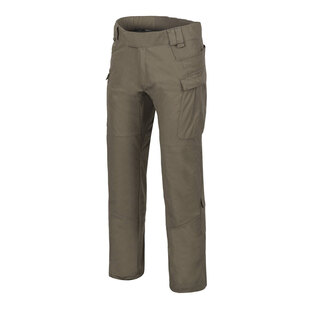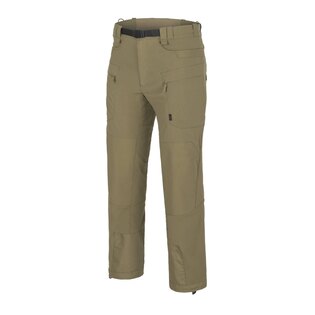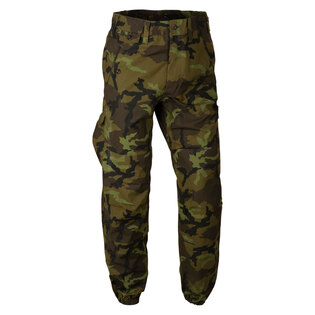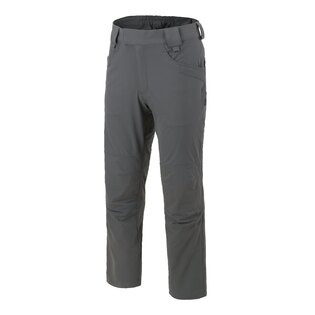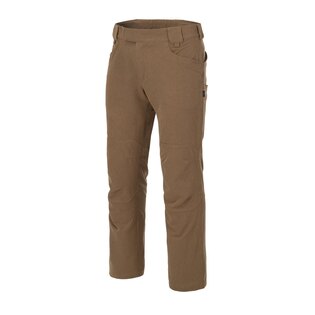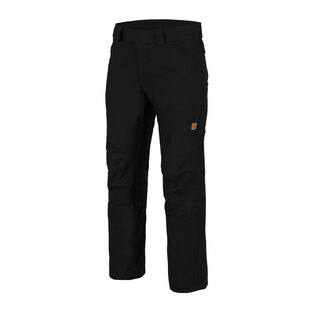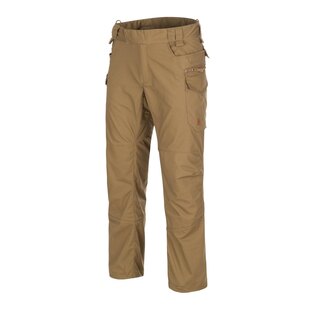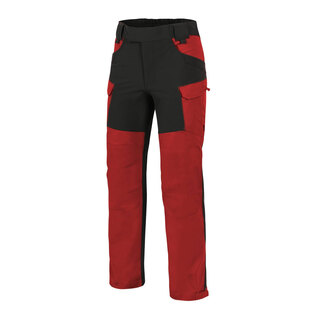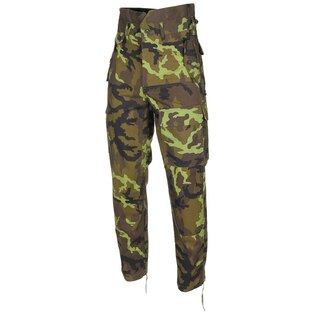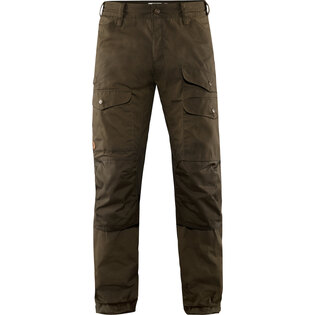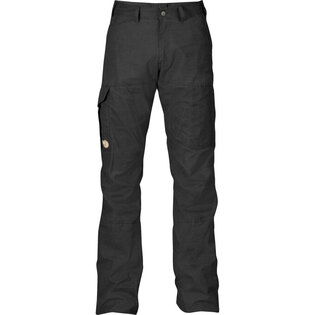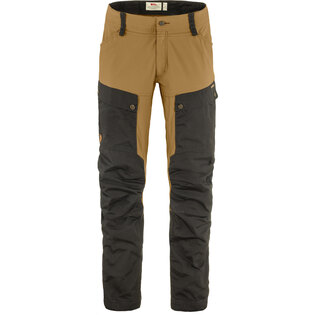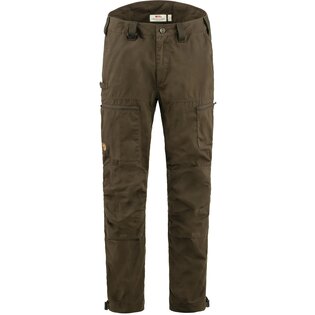High-Altitude Hiking Without Risk: How to Properly Acclimatize
Above 2,500 meters, the body enters a completely different mode. There's less oxygen in the air, lower atmospheric pressure, and greater physiological demands. In these conditions, the risk of altitude sickness increases significantly—making proper acclimatization essential for safe high-altitude movement.
Whether you're planning a trek in the Alps, an expedition in the Andes, or a demanding military training at elevation, proper acclimatization dramatically reduces the risk of serious health issues and improves your chances of success.
What Happens to the Body at Altitude?
As you ascend, the partial pressure of oxygen drops—meaning your body absorbs less oxygen with every breath. In response, the body:
- Increases your breathing and heart rate.
- Boosts red blood cell production.
- Adjusts cellular metabolism.
But these adaptations take time. If you ascend too quickly, your body won’t have time to adjust, and you may develop altitude sickness—ranging from mild symptoms to life-threatening conditions.
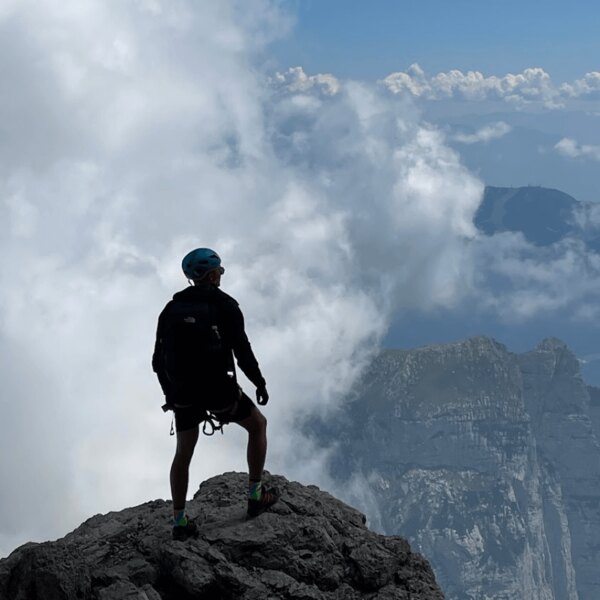
Reaching high-altitude terrain takes more than just physical endurance—it requires proper acclimatization. But the view from the summit makes every step in thin air and rugged terrain worth it.
The Principles of Safe Acclimatization
1. Take It Slow
Once you’re above 2,500 meters, limit your daily elevation gain to no more than 300–500 meters. After every 600–900 meters of elevation gain, plan a rest day without further ascent.
2. Climb High, Sleep Low
This technique involves ascending to a higher altitude during the day and returning to a lower one to sleep. It helps your body adjust more gradually to thinner air.
3. Hydration and Light Nutrition Matter
You’ll lose more fluids through breathing and sweating at higher altitudes. Aim to drink 3–4 liters of water per day. Avoid alcohol and heavy meals.
4. Don’t Underestimate the Importance of Rest
Fatigue, headaches, loss of appetite, and insomnia can all be early warning signs of altitude sickness. If you experience symptoms, stop ascending or descend to a lower altitude.
Sample Acclimatization Plan
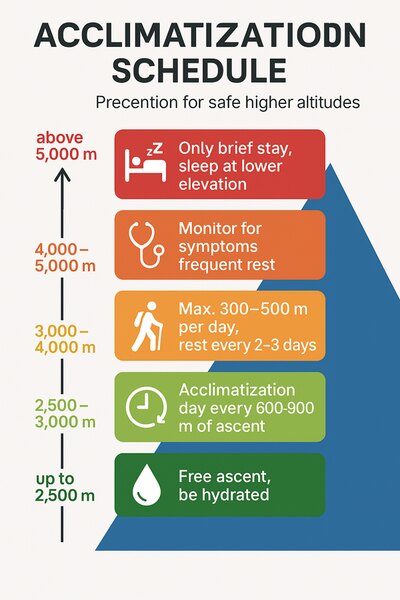
Gear That Can Help
- Pulse oximeter – Monitors oxygen saturation and helps detect early warning signs.
- Acetazolamide (Diamox) – A prescription drug that can support acclimatization. Always consult a doctor before use.
- Oxygen tank or portable pressure chamber – Useful in emergencies for rapid intervention.
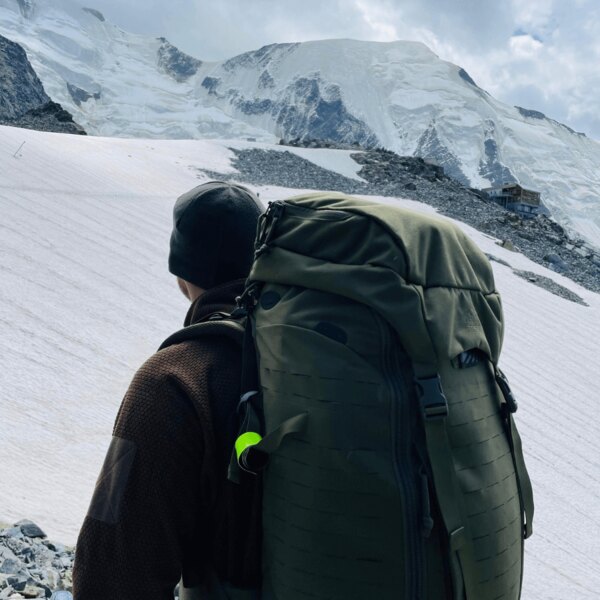
A high-altitude expedition with a heavy pack, executed in full expedition style. The right gear, layered clothing, and gradual acclimatization are essential for safe travel above 3,000 meters.
Special Considerations for Military and Rescue Operations
In tactical or emergency response scenarios, there may not be time for ideal acclimatization. In these cases, we recommend:
- Rotating personnel between different altitude zones.
- Closely monitoring all team members for symptoms.
- Planning around the slowest-acclimating individual.
- Having evacuation procedures and medical support ready.
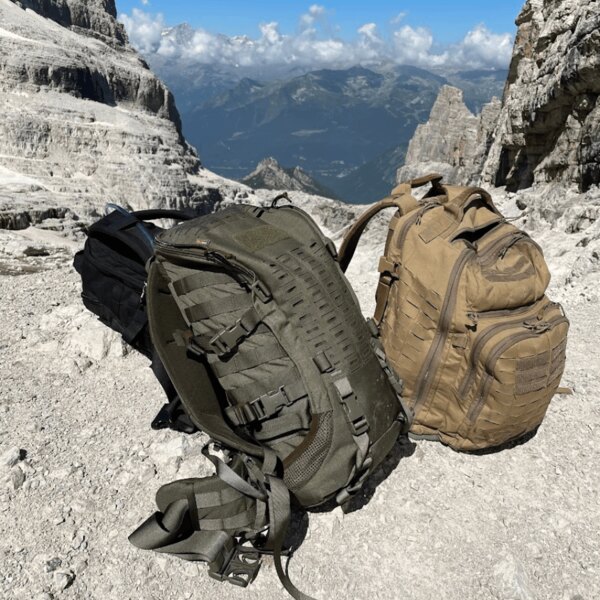
Tactical backpacks staged for the next leg of the mountain trek. Durable construction, MOLLE webbing, and ergonomic straps form the backbone of gear designed for demanding alpine conditions.
Summary: Slow Is Safe
Acclimatization isn’t a limitation—it’s vital equipment for every high-altitude adventure. Those who take it seriously gain safety, resilience, and the confidence to reach higher. Remember: the mountains don’t reward speed—they reward preparation. Take your time, plan wisely, and your summit will be all the more satisfying.
Readers are further interested

